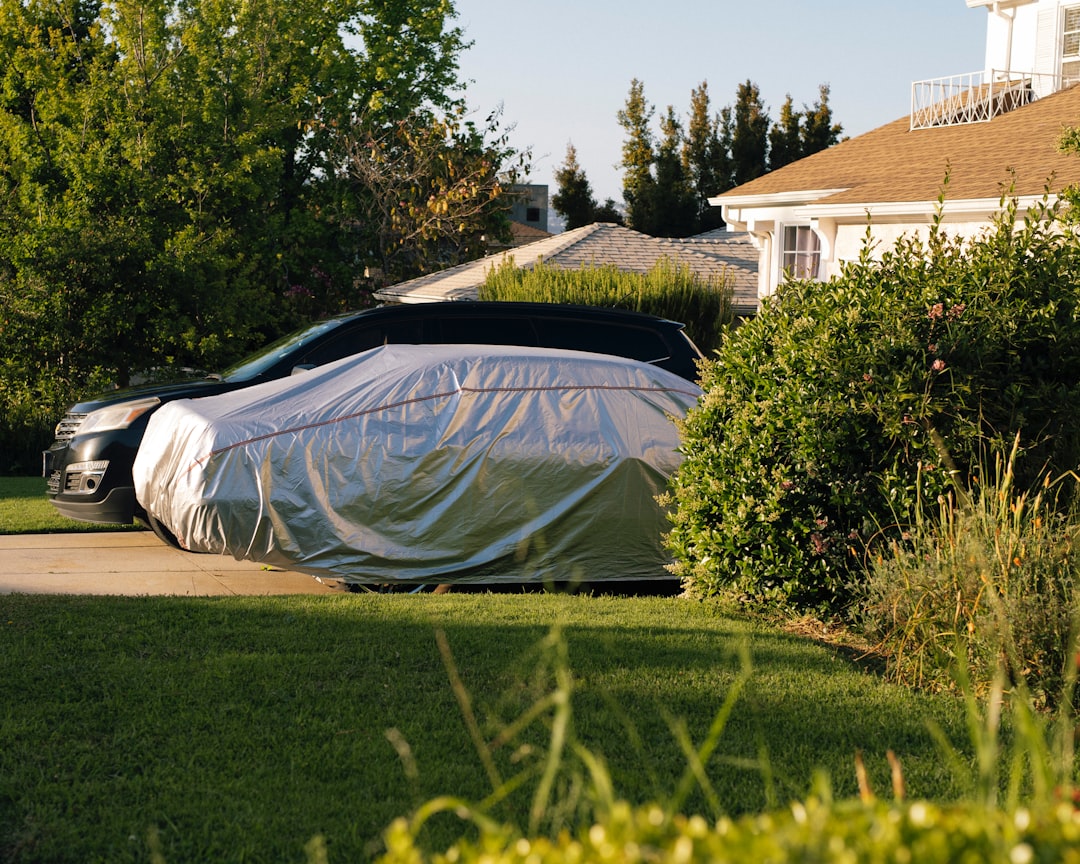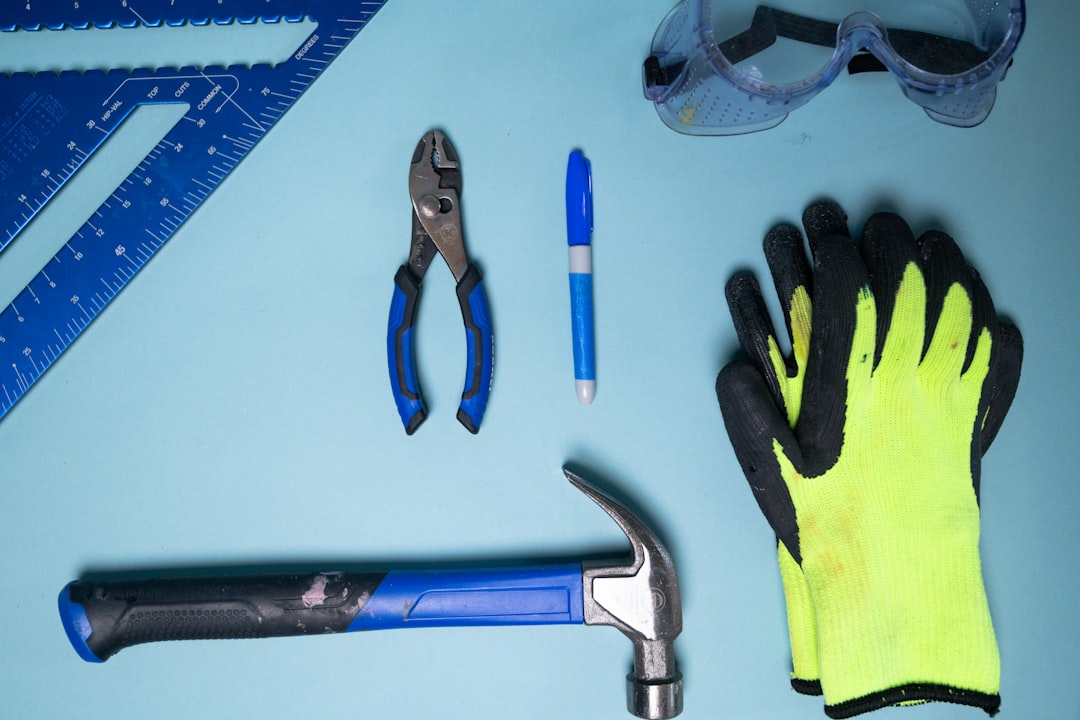For outdoor enthusiasts, having the right gear is only half the battle. The other half lies in properly storing that gear so it stays safe from the elements. Whether it’s camping equipment, gardening supplies, or sporting goods, weatherproofing your outdoor storage can significantly extend the life and functionality of your items. By implementing effective weatherproofing strategies, one can protect their investment and ensure readiness for the next adventure.
Understanding the Challenge
Outdoor storage is inherently exposed to the changing moods of nature — rain, snow, heat, and even pests. These elements can wreak havoc on equipment if not stored correctly. Water damage, rust, fading, cracking, and mold are some of the common issues gear owners face when they don’t properly weatherproof their storage areas.
Best Practices for Outdoor Storage Weatherproofing
1. Choose the Right Storage Container
The first line of defense against the weather is the container itself. Choose storage containers that are specifically designed for outdoor use. These containers should be:
- Water-resistant or waterproof with sealed lids
- UV-protected to resist sun damage
- Durable materials like heavy-duty plastic or metal
For larger gear, consider weatherproof outdoor sheds. Look for sheds made from resin, galvanized steel, or pressure-treated wood for durability and resistance to the elements.
2. Elevate Items Off the Ground
Keeping gear off the ground helps prevent water damage from pooling and reduces the risk of rodents or insects nesting among the items. Pallets, shelves, or heavy-duty plastic bins can help elevate your gear. If using a shed, install a raised floor or place a tarp and bricks underneath the storage containers for additional protection.
3. Use Waterproof Covers and Tarpaulins
Tarping gear is a quick and effective way to shield it from the sun and rain. Opt for high-quality, waterproof tarps that are UV-treated and have reinforced edges. When wrapping gear with a tarp:
- Ensure there are no gaps for water or pests to penetrate
- Use bungee cords or rope to secure the cover firmly
- Leave slight ventilation to prevent moisture buildup inside

4. Apply Protective Coatings
Certain items benefit from sprays and coatings. Use silicone-based sprays for waterproofing boots, backpacks, and fabric items. For metal gear, apply rust-inhibitor sprays or oils. Wooden items can be treated with sealants to prevent rot and decay.
5. Ventilation is Key
Ironically, airtight storage can sometimes do more harm than good. Trapped moisture can lead to mold and mildew. Choose containers or sheds with ventilation systems or manually allow air exchange in dry weather by briefly opening them. Desiccant packets or charcoal can also be placed inside containers to absorb any lingering moisture.
6. Regular Maintenance and Inspection
Weatherproofing isn’t a one-time task. Inspect your gear and storage solutions regularly. Look for signs of rust, mildew, leaks, or pests. Clean any debris from around the storage area to prevent water pooling or pest attraction. Replace or repair worn covers, broken lids, and damaged seals as needed.

Special Storage Tips Based on Gear Type
Camping Equipment
- Dry tents and sleeping bags completely before storing
- Use vacuum-sealed bags for sleeping mats or fabric items
- Hang cookware or store them in zip-locked containers to prevent rust and contamination
Gardening Tools
- Clean and dry all tools before returning them to storage
- Oil metal heads to prevent rust
- Hang tools to avoid moisture from wet ground or floors
Sports Equipment
- Store balls slightly deflated to protect seams
- Keep skis and snowboards off the ground and in climate-moderated environments if possible
- Use breathable bags for padded or fabric-based items like helmets and gloves
Electronics & Powered Equipment
- Remove batteries to avoid corrosion
- Wrap control panels or screens in plastic and place silica gel packets nearby
- Store power tools in waterproof toolboxes or resin-based cabinets
Investing in Long-Term Storage Solutions
For those who regularly use and rotate gear, investing in a robust outdoor storage structure like a mini-shed or deck box is worth considering. Many models come with built-in shelving, ventilation, and lockable doors. These structures provide better insulation from moisture and pests, while offering organization and easy access.
Climate Considerations
Each region presents unique challenges when it comes to weatherproofing:
- Humid climates: Emphasize ventilation and moisture control using desiccants
- Arid, sunny regions: Use UV-resistant covers and avoid plastic containers that may become brittle
- Snowy areas: Choose elevated sheds and use sloped roofing to avoid accumulation on top
Security Meets Weatherproofing
Outdoor storage should be as secure as it is weather-resistant. Use locks on sheds and cabinets, and select containers with tamper-proof lids. Labeling your gear and creating an inventory system can curb loss and ensure everything is accounted for when you need it.
A Balanced Approach
Weatherproofing outdoor gear storage may sound tedious at first, but with a solid plan and smart materials, it becomes routine. Think long-term and prioritize ease of access, ventilation, and protection. The reward is a garage, yard, or campsite that is always organized and ready for action, no matter the forecast.
Frequently Asked Questions (FAQ)
- Q: Can I use regular plastic bins for outdoor gear storage?
A: Regular household plastic bins are often not UV-resistant or waterproof. Always choose containers marked specifically for outdoor use to ensure durability and protection. - Q: What’s the best way to stop mold from growing in my storage shed?
A: Ensure good ventilation and use moisture absorbers like silica gel. Avoid storing wet items and periodically open the shed to allow air circulation. - Q: How often should I inspect my storage setup?
A: It’s best to do a quick monthly check, especially after extreme weather. Look for signs of water intrusion, rust, and pest presence. - Q: Are wooden sheds better than plastic or metal ones?
A: Each material has pros and cons. Wooden sheds are aesthetically pleasing and durable if treated but require more maintenance. Plastic sheds need less upkeep, while metal sheds are extremely durable but may be prone to corrosion unless galvanized. - Q: Is it safe to store gas-powered equipment outdoors?
A: Yes, but it should be stored in ventilated sheds specifically designed for engine equipment. Always empty fuel tanks if storing long-term, and keep flammable materials away.
